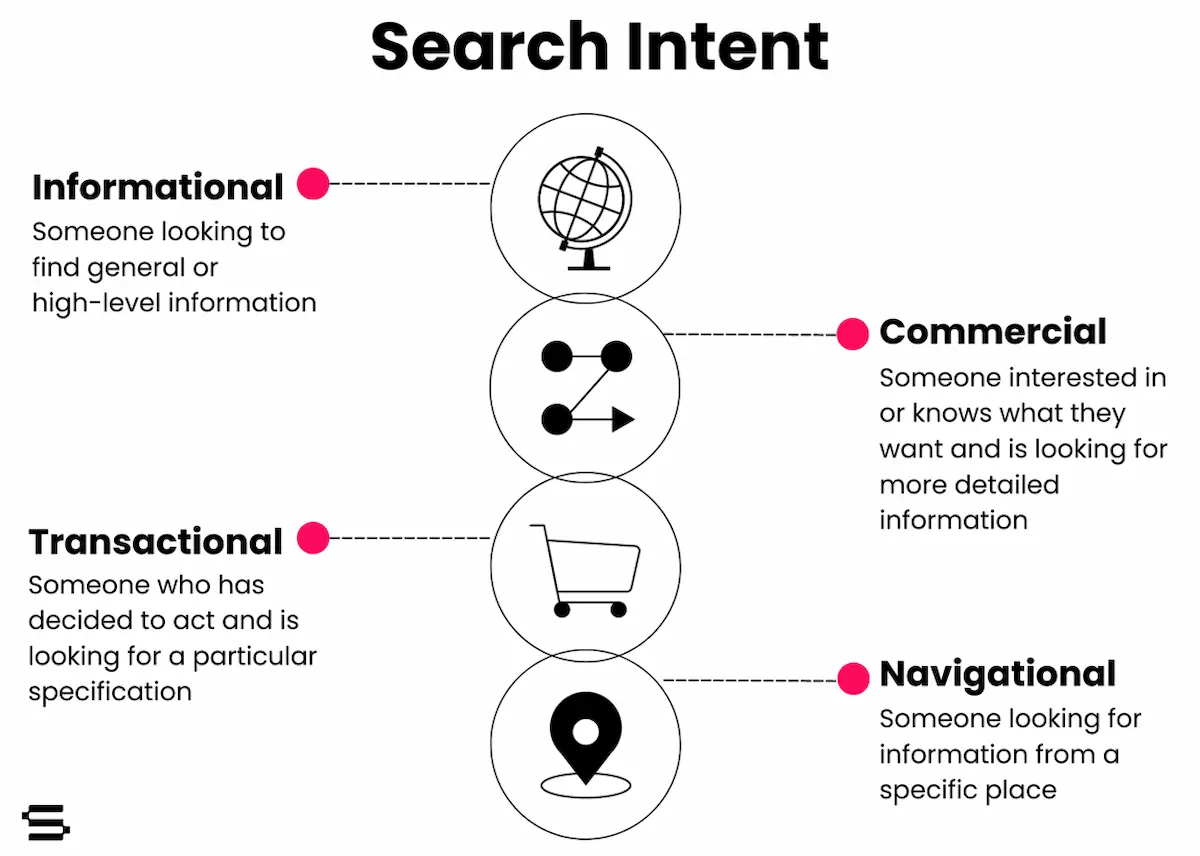What can I expect from the first 6-12 months of an SEO engagement?
In 2023, “It depends” won’t cut it anymore
This is perhaps the most common question we hear in our sales process, especially during times of economic uncertainty. It’s a very fair question and one that I wish we could more easily answer for each individual prospect. Getting this question right enables us to be fully aligned with expectations, which makes every partnership more successful.
But unfortunately, it really does depend. I don’t think it does much good to answer the question with general ranges of outcomes from other clients, although that’s certainly a helpful consideration for the prospect.
Instead, I try to break down the question pragmatically: What do we think we can collectively accomplish in the first 6-12 months, and what impact can that have on the current baseline of performance? One can spend a lot of time in the weeds trying to answer this question, so the other barrier is that, generally speaking, we can’t devote dozens of hours of research to answer this question for each unique lead.
The last thing all prospects should consider is the longevity of impact from SEO. We absolutely need to be able to answer to the ROI of the first year of a project, but an SEO program is not like a Paid Search campaign. The impact of the work will live on for years to come, and so a 1-year ROI on SEO will always be significantly underselling the impact.
So, what does answering the question about Year 1 SEO ROI depend on?
There are several factors that are worth exploring in order to inform our response.
-
Market Projections: Seer Alumni Kristy Kuntz developed a quick and dirty approach to Market Projections that we run for all leads. The idea is that we collect available data around the client’s keyword universe and any assumptions around CTR and CVR that we can get our arms around. We then use this to inform how much opportunity is out there for the client. This doesn’t speak directly to what they can expect in Year 1, but can help add some weight to an internal pitch stressing the need to prioritize SEO as a channel.
-
Striking Distance Opportunities: A common follow up to the Market Projections is to identify all striking distance keywords the prospect currently ranks for, and project out the impact of pushing those keywords to Page 1. When you’re in the early stages of the sales process, this is simply a thought exercise. Of course we don’t know the level of effort required to push these terms to Page 1 yet, and so we caveat this data as much as possible. But using those CTR and CVR assumptions, we can start to get a picture of the financial impact.
-
Leverage PPC Data: We talk at length about how we leverage PPC data to prioritize SEO strategies at Seer, and our sales process is no different. If we can get our hands on data from Google or Bing Ads that gives us an idea of which keywords are most likely to drive conversions, our ability to assign value to opportunities becomes much greater. As a bonus, because we have been doing this for years, we have a tried and true process for quickly organizing and cleaning PPC data to ensure any level practitioner can review and identify opportunities.
-
Consider SOW Outputs & Outcomes: As a prospect moves down the funnel, we’ll develop a Statement of Work for them to react to. It’s here that we start to narrow down on the deliverables we’ll conduct and the pages we’ll focus on. If we’re conducting a Foundational eCommerce Audit, we can potentially be impacting hundreds of pages at scale, which has a good chance of moving the needle quickly. If we’re working with a very niche B2B prospect and focusing on 20 pages total, the impact may be much more slow and steady.
-
(Quickly) Assess the Search Landscape: I’ve been doing SEO for over 10 years, so some of my practices may feel a bit old school to the new generation. If I need to assess how “easy” or “difficult” a SERP may be to break into, my first step is still to load up the Moz extension and take a look at the DA of the sites ranking for 3-5 key head terms. And the review isn’t just about DA (though it’s certainly a part of it). I want to know what major brands are ranking. How many specialized sites vs generalized sites are ranking. Are there any disruptors or up and comers that are breaking into SERPs that signal we have a chance to do the same? And of course, most importantly, where is our prospect ranking for these terms?
-
The Initial Tech SEO Audit: Our Technical SEO team runs a high level audit in order to inform every quote we assign. Sometimes these audits signal a site in fine standing, and we’ll recommend we skip the audit or just review for a specific need, like Core Web Vitals. Other times these audits flag a major issue: widespread canonical confusion, indexing issues, robots.txt issues. These are the kind of findings that can give us some confidence in a quick ROI, assuming the prospect has the resources to fix the issue.
-
Current Traffic Trends: Has traffic been relatively flat? Dropped off a cliff? Climbing slow and steady? The current trend should be taken into consideration for how much impact we’ll have. For example, a prospect may say they are looking for 10% YoY growth. Sounds reasonable, right? Well, if traffic has dropped 50% YoY then that is likely less attainable.
-
Available Resources: This is perhaps the most critical question to answer. Our impact is completely dependent on the prospects ability to implement our recommendations. If they are seeking even a 1:1 ROI on Year 1, implementation must be speedy and comprehensive.
Is it possible to get to a firm number or range for the Year 1 impact on SEO?
I would argue that it is possible, but the amount of caveats and assumptions needed to reach that number invalidate its usefulness.
Rather than setting a firm target of overall impact, I would collect the findings from the above considerations to outline a few selling points that our prospects can take to their budget holders:
-
Underscore the total market opportunity for the channel.
“We believe if you were to become the market leader for this channel, you’d drive a range of 500,000 to 1,000,000 annually which could contribute $2,000,000 - $4,000,000 in ARR.”
-
Outline the potential impact of our one-off findings.
“Our findings for your striking distance pages indicate an opportunity to drive an additional 50,000 sessions and $100,000 in revenue this year, assuming (insert caveats around CTR, CVR, Lead Close, Lead Value).”
“Our findings from our initial Technical SEO Audit indicate an opportunity to resolve indexation issues for the Product B subfolder, representing an additional 25,000 sessions and $50,000 in revenue this year, assuming (insert caveats around CTR, CVR, Lead Close, Lead Value).”
“By completing and implementing the Foundational eCommerce Audit, you’ll have the opportunity to update 250 product pages at scale which we believe could result in a 5% increase for all pages, resulting in an additional 10,000 sessions and $50,000 in revenue this year, assuming (insert caveats around CTR, CVR, Lead Close, Lead Value).”
These findings won’t tell the full story of how much their investment will yield, but will signal 1) the initial opportunity discovered and 2) your ability to convert that opportunity into revenue potential. -
Set expectations for what can go right and what can go wrong.
Ensure the prospect is aware of the resources needed to be successful, including development support, content support, legal or compliance review, content QA and publishing, etc.
Stress the importance of scoped analysis and how they will help us demystify assumptions along the way. We may find the competitive landscape is much easier to break into than we envisioned. Or, we may find the initial strategies are proving to be unsuccessful. Ultimately the client needs to be aware that all SEO work is meant to influence how search engines serve your content, which comes with risk.
Overall, the reality is that for some budget holders this still may not be enough to get sign off on an SOW. At Seer, we would much rather go into a partnership with clearly aligned expectations than to sell a deal that will ultimately end up disappointing those we sold to.


